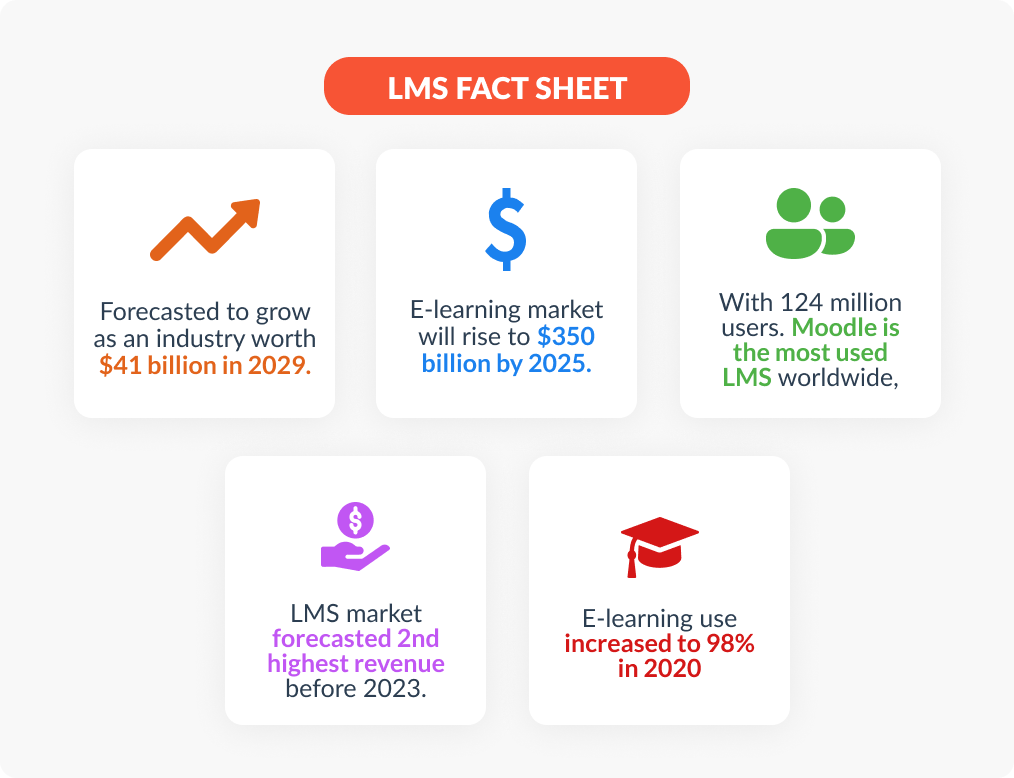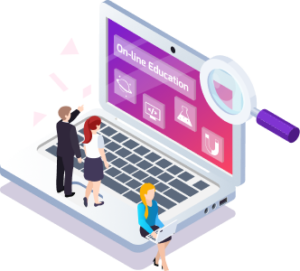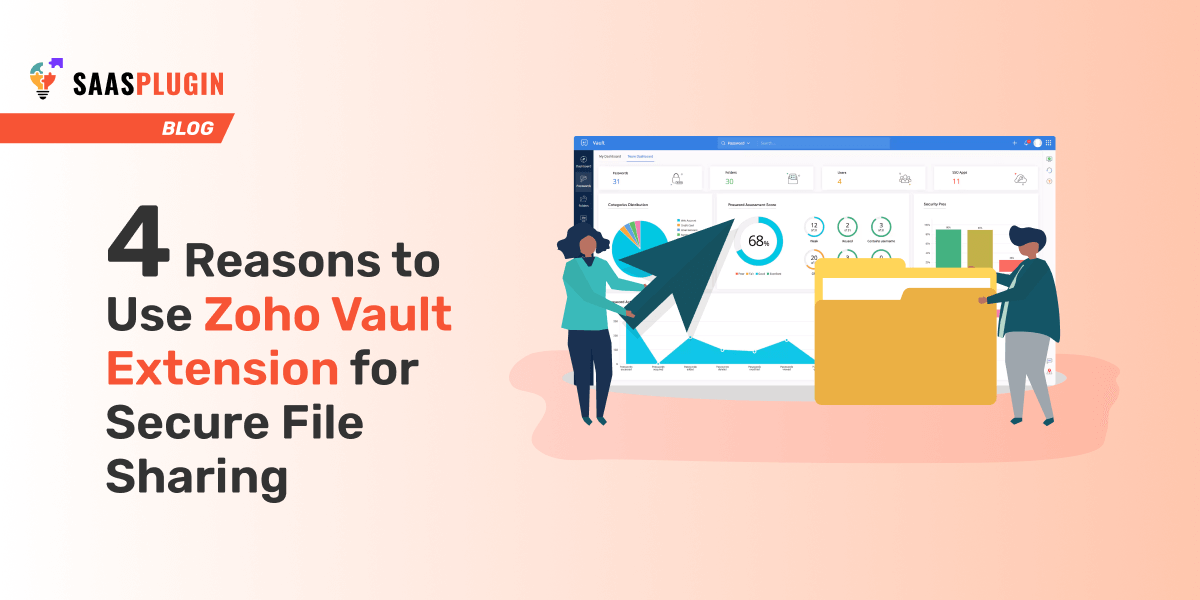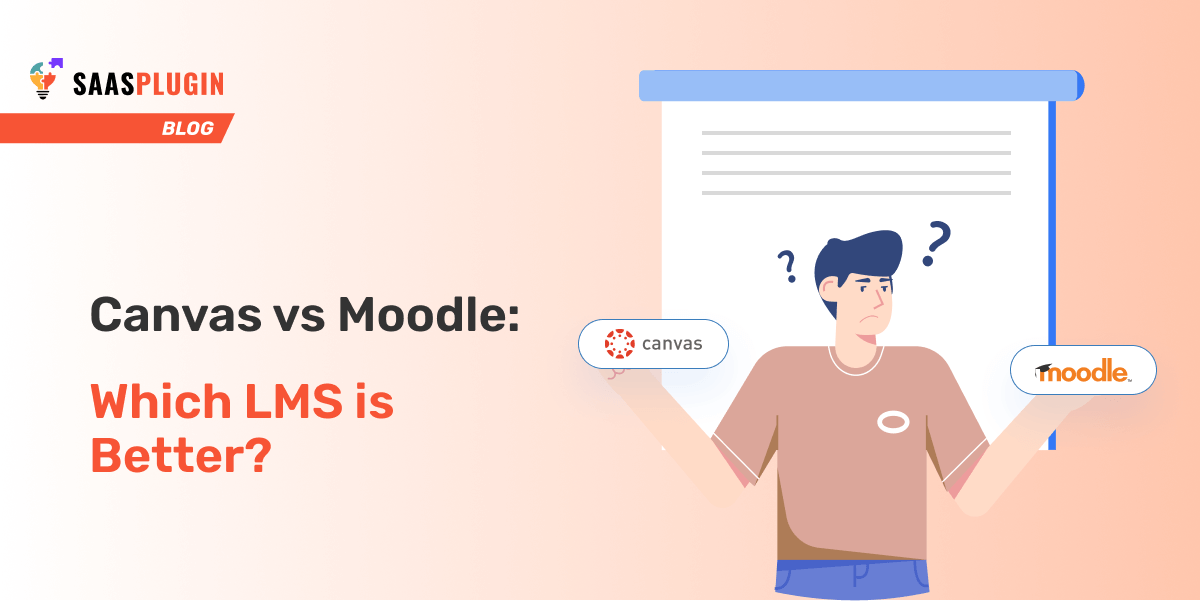
LMS in 2022: Key Facts, Statistics, Benefits, and Hot Trends
At this moment, you will find at least 700 Learning Management Systems (LMS) worldwide. Surprisingly, the LMS market has grown over the years and is still growing. By the year 2025, the market is expected to reach $30 Billion. The upsurge of LMS adoption in educational organisations is influenced mainly by the Covid-19 pandemic. Although the pandemic effect is declining, the LMS growth remains.
Let’s look into some LMS industry trends, statistics, facts, benefits, and key challenges in 2022.
What is LMS?
Learning Management System (LMS) is a technology that assists organisations and individuals in managing the learning processes.
There are many software that let you administer and automate the overall learning scenario. It helps the instructors and facilitators document, review, and conduct online learning modules with minimum effort.
An LMS has two interfaces— student and instructor.
Instructors upload, evaluate, and monitor online learning content for the students, who can access the software and take part in quizzes, lessons, and even exams. Since the process takes place online, evaluation becomes easier for the teachers and often does not require physical class attendance.
Types of an LMS
There are two types of LMS in use in the educational sector:

- Cloud-based LMS
LMS hosted on the cloud.
The whole data is hosted on the cloud, and associates can access them whenever necessary. It does not require attending physical classrooms or learning environments. However, cloud-based LMS requires education organisations to subscribe to the vendors they are using. They operate through a Software-as-a-Service (SaaS) model; surprisingly, 75% of the LMS market share is cloud-based.
Blackboard, Moodle and Canvas are some popular cloud-based LMS.
- On-site LMS
Unlike cloud-based LMS, you need your own system to run an on-site LMS. You need to install software that collaborates between the connected devices in an environment. However, there are limited customisation facilities. Although you only need to pay one time or sometimes pay nothing at all to get the software, maintenance becomes your responsibility. If you want to update or customise the features, be ready to pay for them.

Some Key Information About the LMS Industry in 2022
The adoption of LMS for educational and training purposes is increasing. And various LMS statistics have already proved that. While 2022 expects to shower in the blessings of LMS, the coming years will take it further. While many LMS are trying on their own to adopt user-friendly features, some third-party vendors are introducing integrations to add convenience. For example, Canvas LMS Zoho integration connects Zoho CRM with the LMS, so you don’t have to synchronise data between two platforms manually.
Let’s look into some hot LMS industry statistics and key facts:
- We will see the LMS industry making it to $16.19 billion in 2022. It is forecasted to grow as an industry worth $41 billion in 2029. (source)
- The online or e-learning market will rise to $350 billion by 2025.
- Moodle is the most used LMS worldwide, with 124 million users. (source)
- Europe’s LMS market is forecasted to bring the second highest revenue before 2023.
- E-learning was already in use (77%) before the pandemic situation in the U.S., but it increased to 98% in 2020.
- 72% of students are comfortable with bringing their computational devices for schoolwork.
- IBM has found that the online learning investment and ROI ratio is 1$:30$ on employees.
- In contrast to traditional lectures, online learning requires 40-60% less time to complete the study.
- 50% of all K-12 teachers take online training courses, while 72% of K-12 students use cloud-based learning tools.
- EdSurge has found that 50% of criminal justice and nursing students take online Master’s degrees, either partially or fully. (source)
- 3 million students pursue higher education online.
- Tech companies are the biggest fan of Learning Management Systems, accounting for 30% of all users. (source)
- 98% of US organisations are expected to adopt an LMS by the end of 2022.
What are Some Hot LMS Trends for 2022?
Learning LMS trends comes in handy to keep your institution ahead of the competition. Besides, it shortens the learning curve period, facilitating better administration. Here are some hot trends in the LMS industry:
- Cloud-based LMS is on demand
Cloud-based LMS is dominating the industry and has successfully taken 75% of all LMS market share. As it improves the user experience and doesn’t require any specific learning environment to take place, students find them exciting and efficient.

- Mobile-focused LMS is the key
Mobile device usage has increased dramatically. And one-fifth of American college students prefer mobile devices to access their courses. Moreover, 87% of students use mobile devices to find our online educational programmes.

- Enhancing UX
The impact of UX in any industry is an open secret. Understanding how a good UX design increases the annual revenue is a no-brainer.
So, the future of LMS largely depends on the degree you allow your students to personalise the courses. And this clearly indicates a giant leap to LXP.

- Attention to LXP
Josh Bersin indicates the overwhelming growth of the LXP market, which is now valued at over $350 million. And it is expected to grow exponentially over the following years.
The basic difference between LMS and LXP lies in the way associates interact. In LMS, it’s all about the administration of the courses and students are provided with predetermined guidelines. On the contrary, LXP responds to the student’s preferences and often chooses from the personalised content they are presented with.
Since business is now more user-centric, a shift to LXP is a demand of the situation.

Why do Educational Institutions Need to Use LMS?
There is a good reason why learning should be managed by an LMS. Not only does it require low effort, but the ROI is lucrative enough to take the first step towards adopting an LMS today.
Fact: Over 50% of college graduates in the U.S. think online learning is better than in-person learning.
Now, let’s look into some advantages and disadvantages of LMS adoption in educational and training environments.
Some Advantages of LMS:
Easy administration, effective evaluation, and better accessibility— you can take them for granted. Besides, LMS enables you to—
- Save time by automating the learning process.
- Focus more on enrolled students and work on their growth.
- Save costs of purchasing utilities.
- Enjoy the freedom of accessing learning resources from anywhere.
- Personalise the learning content using enticing visuals, and creative arts.
- Make lessons more interesting through gamification.
- Evaluate the performance of the students more efficiently.
- Keep track of the whole learning system with ease.
Disadvantages of Adopting LMS:
Needless to say, everything has some disadvantages, and so is the LMS.
- Physical absence in the learning environment may sometime introduce boredom to the students.
- Cognitive development may disrupt due to distant learning.
- As real-time monitoring is often challenging, credibility issues may arise.
What are the Key Challenges in the LMS Industry in 2022?
E-learning can potentially reduce employee training period. But getting the associates accustomed to the system poses a significant challenge. Besides, there are other limitations that LMS users often face. Let’s discuss a few of them below:
- Compliance:
Not every associate is ready to show compliance with the system; neither do they have the skill. Besides, the person responsible for managing the LMS may not find it easy to delegate roles and conduct the onboarding process, especially if the end users are not tech-savvy. If the issues are with your employee, you can try Canvas LMS integrations for Zoho to reduce complexities.

- Time management:
Time management is crucial in online learning. But creating the content, polishing it, and customising it for specific individuals take hours. Besides, the instructors need to update the resources regularly, and fetch additional sources to address any gaps timely. If the instructor does all these alone, it’s obvious to run out of time.

- Content management:
Content creation is the greatest challenge for instructors using LMS. As it differs from traditional course design and documentation, further training may be needed. On top of that, digital learning has to be engaging, interactive, and interesting. The lesson plan for educational institutions should focus more on active engagement, and the training programmes for corporate learners should be high yielding. Otherwise, your employees will never reach the 18% performance boost a robust training ensures.

- Selling the programme:
Nobody likes to enrol in a complex learning programme. So, onboarding a client through LMS is certainly challenging. And it requires extensive expertise, meaning high-performing resources. This costs more than traditional training. But if you can manage that, chunky ROI will follow.

Final Thoughts
E-learning has taken a significant upward trajectory from the Covid-19 pandemic period. Although it has tons of advantages like reliability, ease of use, remote access, and better evaluation, some challenges remain.
Lack of understanding, complexity in operation, and less response from end users are still creating a barrier on their way to mass adoption. But recent innovations and more mobile-centric customisations have the potential to turn the table. And we can expect LMS to grow exponentially in the following years. After all, a single virtual learning session can deduct Carbon footprint by 85% compared to physical training.




Leave A Comment